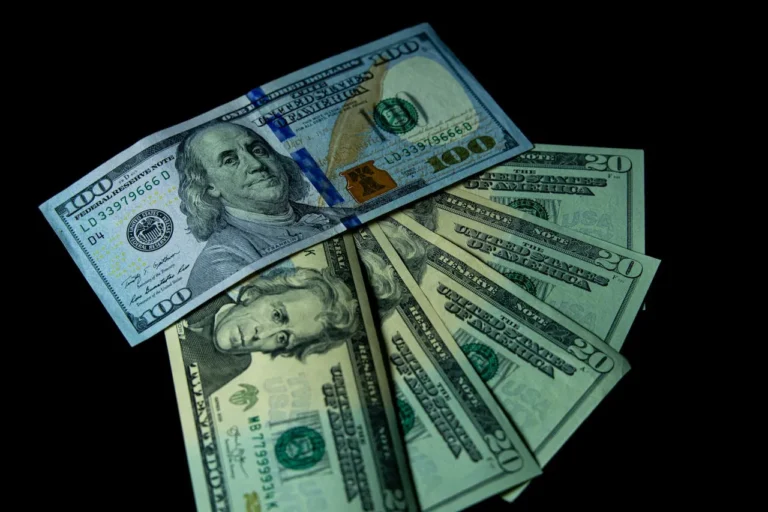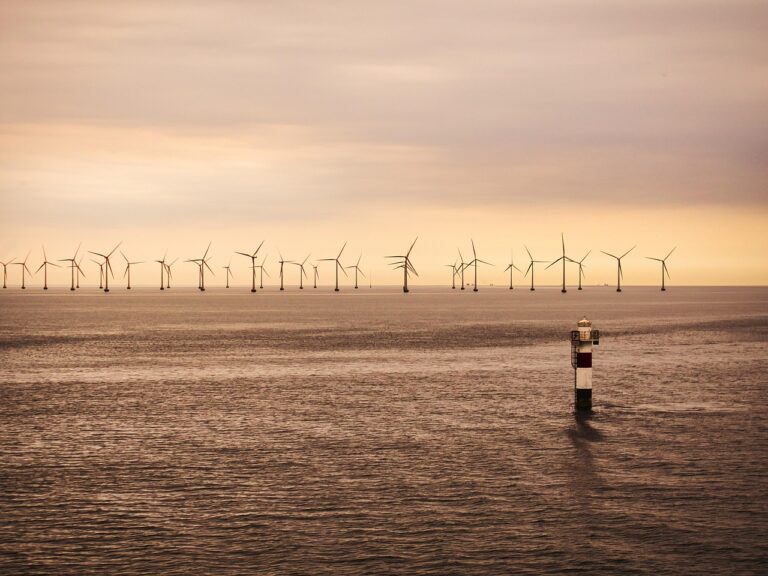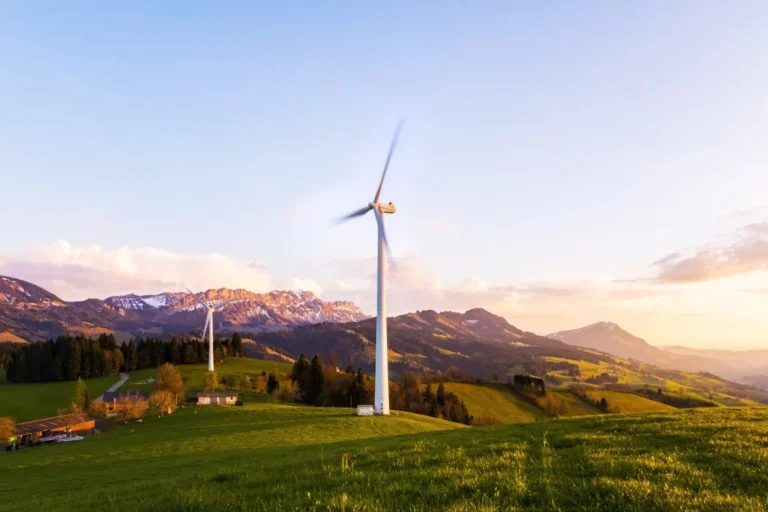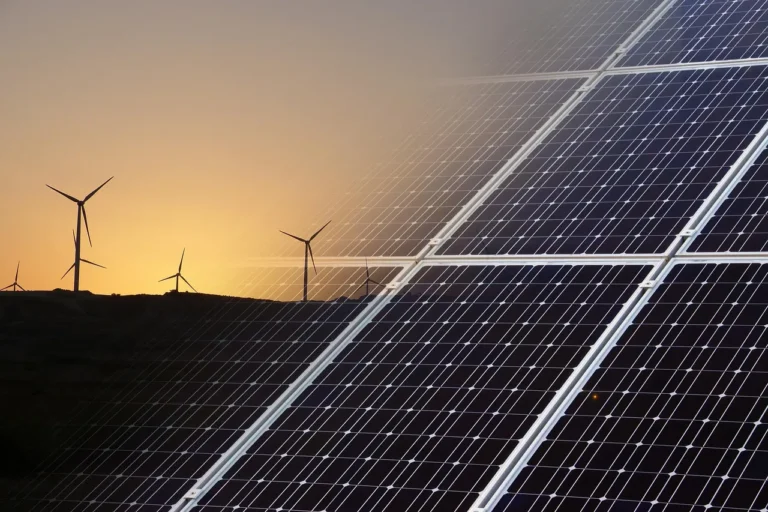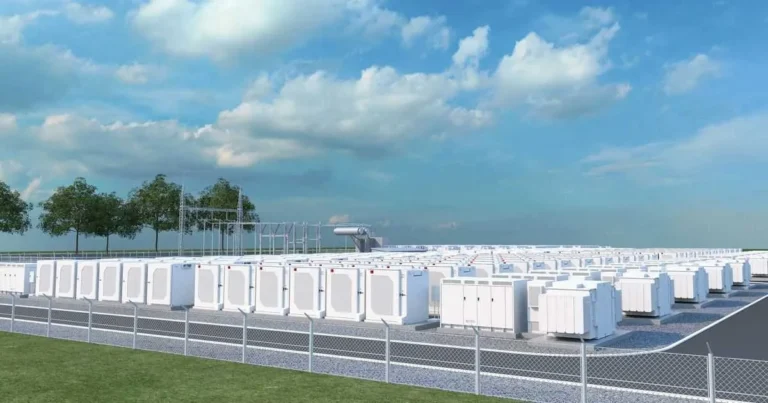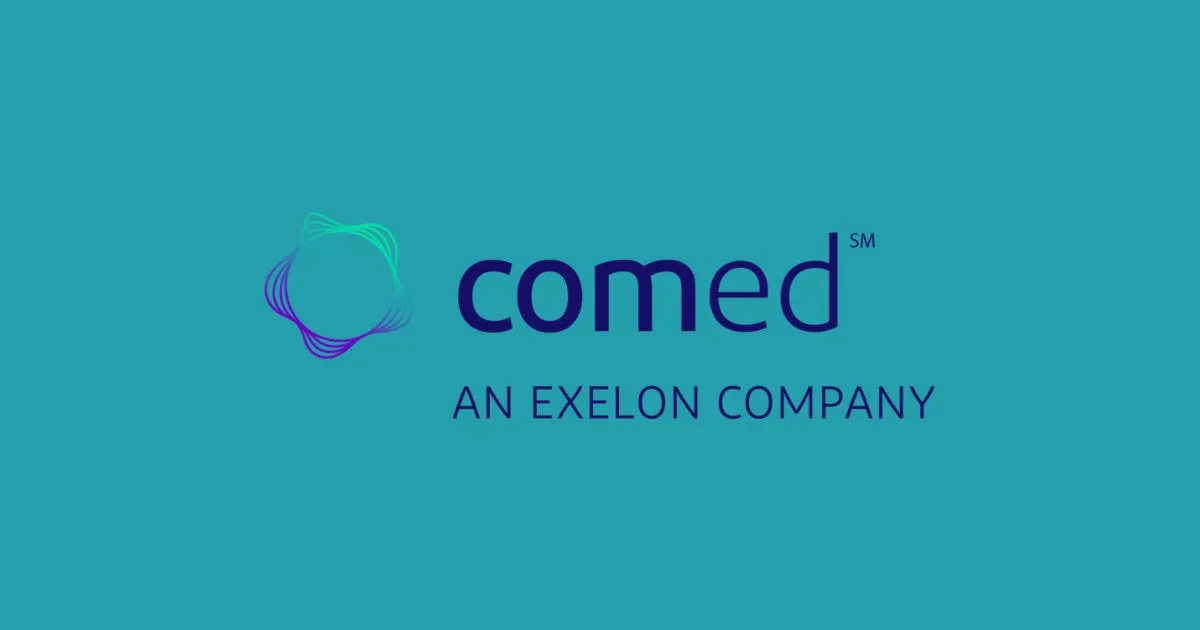
ComEd Energy Efficiency Program Surpasses 2024 Goals, Helping Customers Save Over 13 Million MWh of Electricity
In 2024, ComEd’s nationally recognized Energy Efficiency Program achieved a significant milestone by enabling customers across northern Illinois to save more than 13 million megawatt-hours (MWh) of electricity. This result not only exceeds the requirements set forth under Illinois state law but also represents a continued and impactful trend of reducing energy consumption through accessible, cost-effective solutions for both residential and business customers.
The 2024 outcomes mark another year of strong performance by the ComEd Energy Efficiency Program, which was independently evaluated by Guidehouse, a global provider of consulting and managed services. This annual review ensures the accuracy, reliability, and accountability of the reported energy savings. Guidehouse’s findings confirm that the program continues to provide critical energy-cost relief to customers, especially during a time of escalating electricity prices and changing market conditions.
Significant Cost Savings for Customers Amid Rising Electricity Prices
According to ComEd, the energy-efficiency measures deployed in 2024 led to an estimated $1.3 billion in electric bill savings for customers across its service territory. These savings come at a crucial time for Illinois consumers. In June 2024, the average monthly bill for a residential ComEd customer is projected to increase by approximately $10.60 due to the results of the PJM Interconnection capacity auction, an annual market mechanism that helps ensure grid reliability.
Though ComEd does not control generation prices or auction outcomes, it has made it clear that the company is committed to helping customers mitigate the effects of rising energy costs. “ComEd recognizes the challenge posed by rising supply costs effective in June,” said Melissa Washington, senior vice president of customer operations and strategic initiatives. “Although we can’t control this increase, we offer energy-efficiency options to help customers manage their energy costs and connect them to grants and bill-support options. The fact that customers are taking advantage of these options highlights their importance.”
Overview of 2024 Program Results
The ComEd Energy Efficiency Program, which operates in compliance with the Illinois Energy Efficiency Portfolio Standard (EEPS), is funded by ratepayers and overseen by the Illinois Commerce Commission. It offers a wide range of rebates, services, and tools aimed at reducing both energy consumption and customer expenses. In 2024, the program delivered the following results:
- Over $277 million in customer incentives were distributed in the form of rebates, discounts, and free upgrades. These incentives helped offset the costs of adopting energy-saving technologies such as LED lighting, smart thermostats, efficient HVAC systems, insulation, and more.
- More than 53,000 multi-family housing units received energy-efficiency upgrades—such as air sealing, insulation, and the installation of heat pumps—at no cost to the residents. These improvements not only reduce energy bills but also increase comfort and air quality for tenants, many of whom are in underserved communities.
- ComEd’s business customers saved over 754,000 MWh of electricity, translating to more than $79 million in energy bill savings in 2024 alone. The measures implemented are expected to save a total of 9.6 million MWh over their operational lifespan, with projected total cost savings of over $1 billion.
- Residential customers achieved savings of more than 1 million MWh, representing more than $170 million in energy bill reductions. These measures are estimated to save 13.2 million MWh over their lifetime, which equates to nearly $2.2 billion in customer savings.
- Approximately 161,000 income-eligible customers benefited from targeted energy-efficiency initiatives, saving 730,000 MWh and nearly $123 million in annual electricity costs. Over the lifetime of these measures, these customers are projected to save 10 million MWh and more than $1.6 billion in energy expenses.
These results underscore the program’s ability to reach a broad swath of customers—including low-income households, renters, and small businesses—by reducing upfront costs and providing long-term financial and environmental benefits.
Broader Economic and Environmental Impact
Beyond direct financial savings, the energy-efficiency efforts led by ComEd contribute significantly to environmental sustainability and economic development in Illinois. Since the program’s inception in 2008, ComEd customers have saved over 99 million MWh of electricity. That amount of energy savings is roughly equivalent to:
- Avoiding 74 billion pounds of carbon dioxide emissions
- Removing nearly 8 million vehicles from the road
- Planting approximately 34 million acres of trees
These avoided emissions and ecological benefits support Illinois’ broader clean energy and climate goals, while also reducing the state’s dependency on fossil fuels. Moreover, energy efficiency continues to be a major job creator in the Midwest. “By taking advantage of energy efficiency programs, customers can meaningfully reduce their energy bills,” said Paige Knutsen, executive director of the Midwest Energy Efficiency Alliance (MEEA). “Energy efficiency programs support thousands of strong, local jobs and help make our communities’ homes and businesses more comfortable and resilient.”
Many of these jobs include contractors, technicians, and engineers who implement efficiency improvements and participate in ComEd’s certified contractor networks.
ComEd’s Ongoing Commitment to Customer Support
In addition to its energy-efficiency programming, ComEd offers a variety of bill assistance and financial support services, especially critical as energy prices rise. These services include:
- Budget Billing, which evens out monthly payments to prevent seasonal bill spikes.
- Flexible payment arrangements for customers in financial distress.
- Access to federal funding, including Low Income Home Energy Assistance Program (LIHEAP) grants.
So far in 2024, ComEd reports having helped more than 114,000 customers secure nearly $22 million in financial assistance through these and other support programs. The utility continues to work with community-based organizations and social service agencies to ensure that vulnerable populations are aware of and can access these programs.
Innovation, Inclusion, and Equity
ComEd is also looking beyond traditional methods of efficiency by integrating smart grid technology, demand-response systems, and data-driven customer engagement. As part of Illinois’ transition toward a more equitable energy future, ComEd’s energy-efficiency offerings are tailored to meet the diverse needs of its service area, which includes both urban and rural communities with varying degrees of economic opportunity.
Equity remains a central pillar of the company’s strategy. Income-eligible programs—such as the Energy Efficiency Income Qualified Initiative—are designed to serve marginalized groups by removing financial barriers and improving housing quality. These investments not only provide direct benefits to customers but also uplift entire neighborhoods by reducing energy burdens and improving resilience to extreme weather and market volatility.





